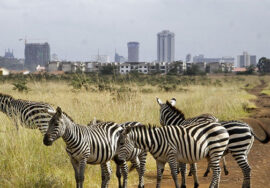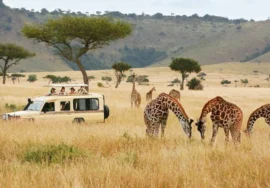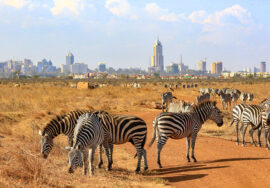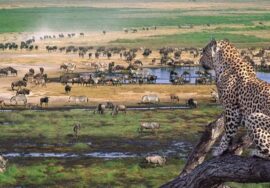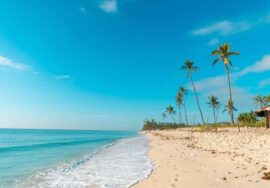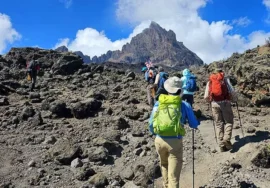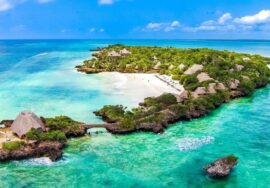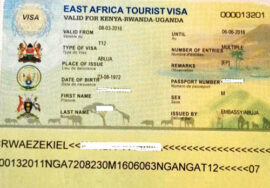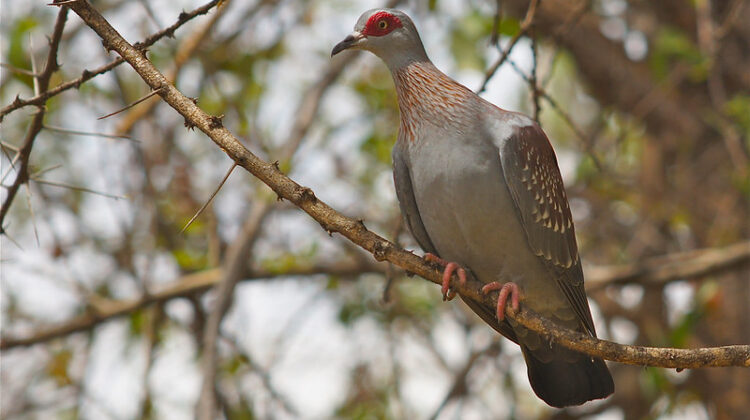
Conservancies – Kenya’s Hidden Parks
Then, think about great places to stay that you’d have mostly to yourself, like lodges or tented camps close to wildlife, where the Maasai people could take you on walking tours through the land they know so well.
This sounds like the most real trip I’ve ever been on. But where would you even be able to find that? The reason is the well-known conservancies in Kenya. But how did these conservative groups come to be?
The Problem with Conservancies
Kenya’s national parks are a great example of how to protect nature. The park service has kept them safe from overgrazing and building, and over the past 30 years they have done very well.
The land next to the parks, on the other hand, told a different story. These pastoral groups, which were home to the Maasai and other native people, often let their cattle graze too much on the land. The area got worse because people were farming for survival and burning trees to make fuel. Therefore, the land became worn down, which caused animals to disappear.
Answer Comes Up
But there was hope for a solution when the tourism business and the Maasai, who own the land, decided to work together.
As part of these new deals, the Maasai would stop overgrazing and using other unfair farming methods. The idea behind these new eco-friendly practices was that they would give the land a chance to grow back, and once it did, the animals would come back.
That’s exactly what happened. Within a few years, these once-poor places got better, and lots of animals started coming back.
A win-win situation
What happened to the Maasai people who lived there before? They are given a yearly stipend in exchange for changing how they farm and graze their animals. Rotational grazing is still the healthiest way for them to raise their cattle, but now they also have some financial protection.
This has given their families better health care and given them the money to send their kids to school for the first time. These are huge changes for these traditional people.
Wildebeests in the Masai Mara
The Maasai also make more money by working as guides on the conservancies. The people who grew up on this land and know it best are the best ones to lead your tour.
A Few More Wins
Now we come to the safari-goer. A strong commitment to the eco-health of the land and society is an important part of each conservancy’s plan. In contrast to national parks, the conservancies have strict rules about how many people can stay in and visit these places.
When you go on a conservancy safari, you’ll see a lot more animals than other people who visit these protected areas. As was already said, you’ll have chances to do things that aren’t allowed in parks.
You can go on an organized walking safari with your Maasai guide and learn about and see the plants and animals up close. Want to spend the night or eat dinner in the woods? This will happen because of the people who run the conservancy. They will also plan fun night trips.
For many, the conservancy is the next best thing to going on a private tour. Let us show you some of Kenya’s great conservancy lands that are perfect for a nature trip.

